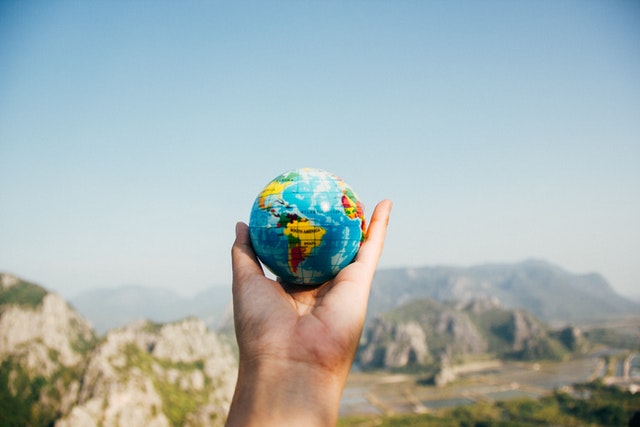1 JUN 2022
How education can help save our planet
When UNICEF was established as a means of providing aid to children worldwide in 1946, the world was reeling from the aftermath of a shattering world war in a new atomic age.

Three quarters of a century have passed since its founding this year, and during the ensuing decades, babies born in UNICEF’s founding year will have lived to a ripe old age themselves, having seen great changes. The period after the Second World War is associated with an unprecedented advance in medical science, rapid economic growth and for a brief time, a sharp rise in the number of babies being born.
UNICEF is just one part of the broader United Nations family, an agency tasked with aiding the development and education of children all over the world. At the time of its founding, UNICEF was catering to a world in which the population barely numbered 2.5 billion people. By 2021, there are over 7.8 billion people, according to UN estimates.
That means that since its founding, UNICEF has existed in a world in which there are more children alive than at any time in human history. These children all have value in the world of today and tomorrow, but not all of them have equal access to the tools they need to live a healthy, long life. A good education is one such tool, and we were keen to learn what UNICEF has been doing to improve the educational experience for the world’s children.
Urgent action is needed to ‘climate proof’ the education sector and to produce information that is accurate and empowers children to become climate-conscious citizens who are actively involved in climate adaptation and mitigation
– Meghna Das, Senior Programme Specialist for sustainability, UNICEF UK